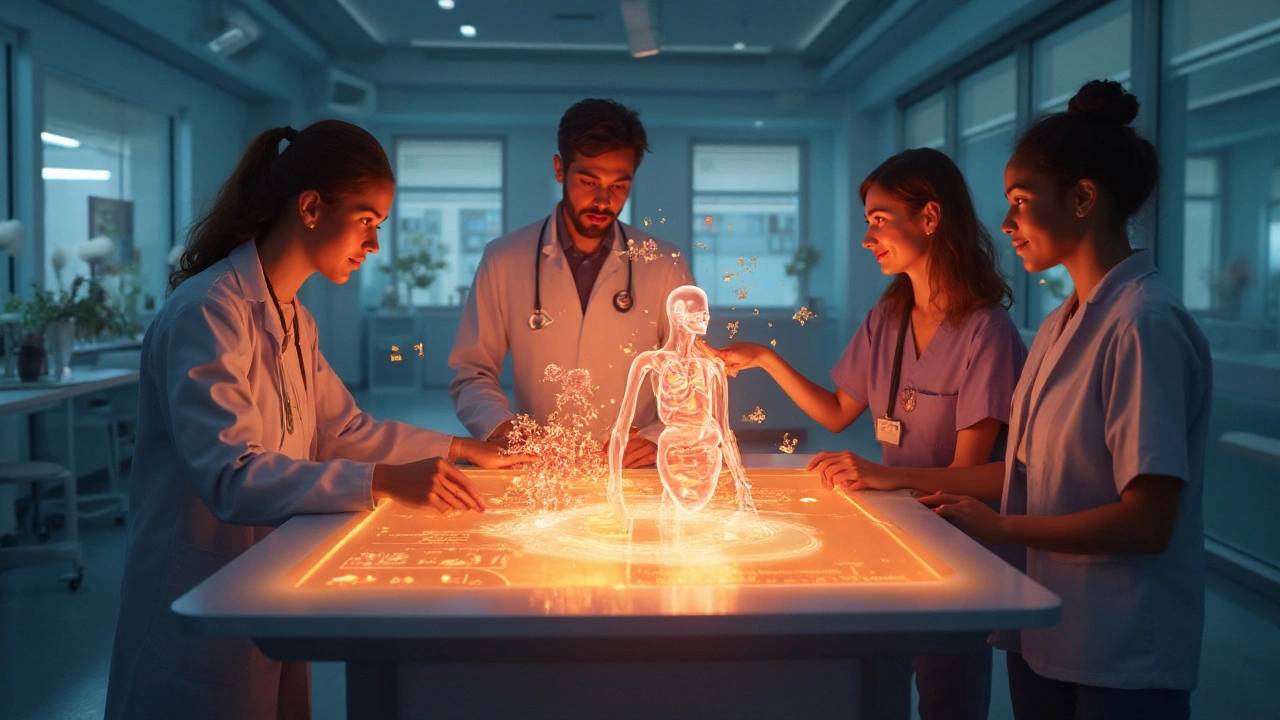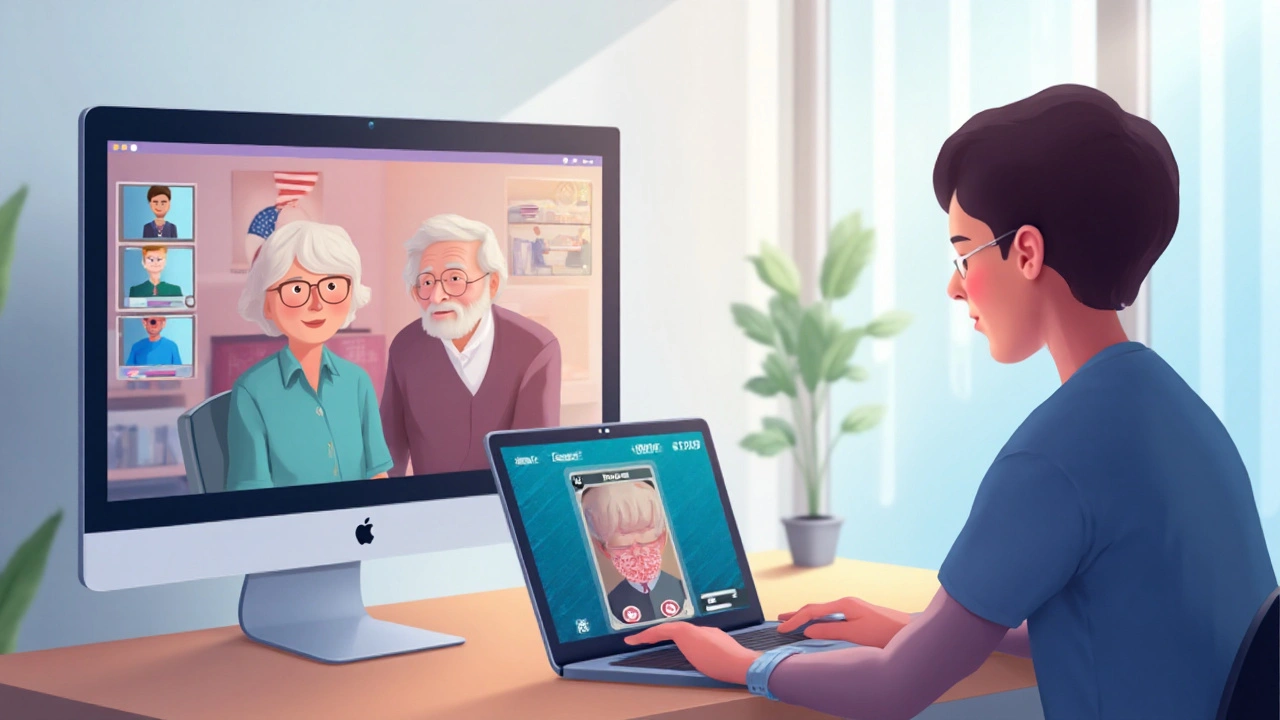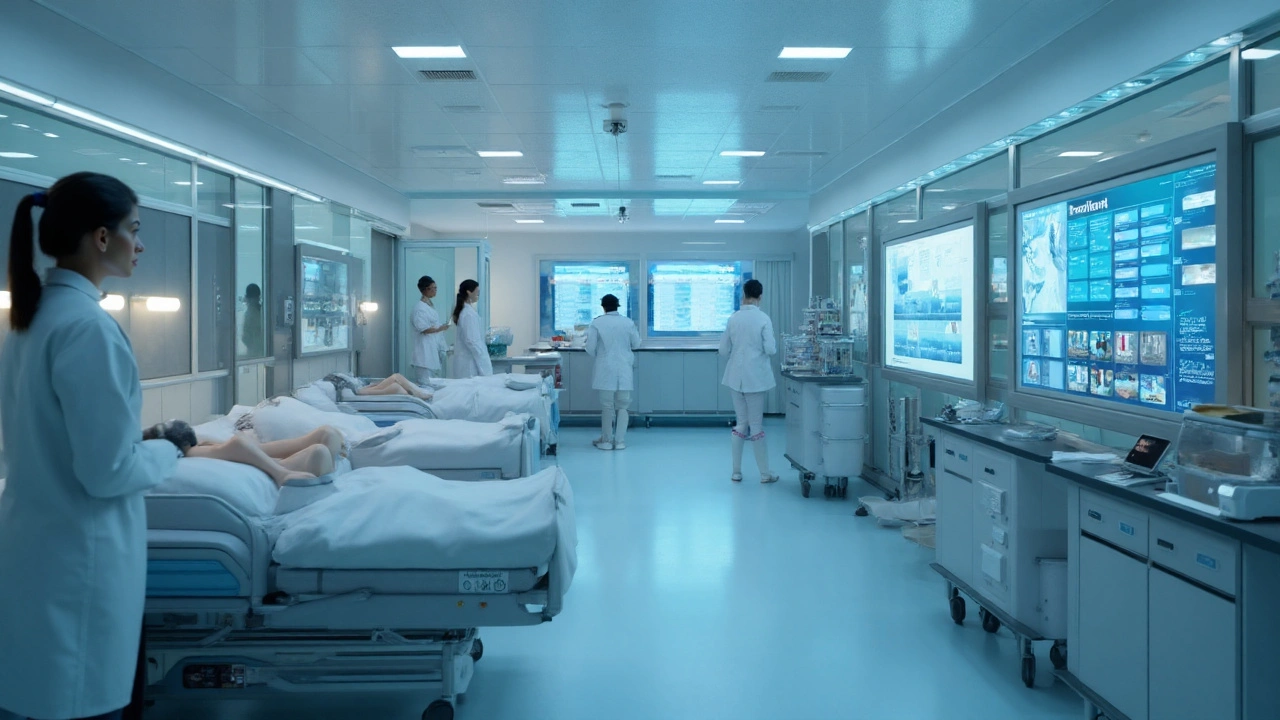Future Pharmacy Education Quiz
Future pharmacy training is a comprehensive learning pathway that blends traditional drug knowledge with hands‑on clinical simulations, interprofessional collaboration, and emerging digital tools. It aims to produce pharmacists who can manage complex medication regimens, lead patient‑centered care, and adapt to rapid tech changes. In the United States, the shift began after the early 2020s when the American Association of Colleges of Pharmacy urged schools to embed clinical practice earlier in curricula.
Curriculum Evolution: From Pure Theory to Clinical Mastery
Historically, pharmacy programs focused heavily on chemistry and pharmacology. Today, most schools require a six‑year PharmD program that includes 1,800+ clinical hours, a mandatory residency track, and a capstone project on patient outcomes. According to the Accreditation Council for Pharmacy Education, 92% of accredited programs now mandate at least 30% of coursework in patient‑care settings.
The new curriculum is competency‑based: students advance after demonstrating mastery, not after clocking a set number of weeks. This model mirrors the way physicians and nurses are trained, ensuring that graduates can hit the ground running in hospitals, community pharmacies, or telehealth platforms.
Clinical Simulations and Virtual Reality
Simulation labs have become the heart of clinical simulations. Devices range from high‑fidelity mannequins that mimic vitals to immersive VR scenarios where students practice counseling patients with chronic diseases. A 2024 study from the University of Michigan showed that graduates who completed >200 simulation hours scored 15% higher on real‑world dispensing accuracy tests than peers with traditional lab exposure.
Virtual reality also lets students practice rare cases-like managing chemotherapy toxicities-without risking patient safety. These tools generate real‑time feedback on communication style, dosage calculation, and error detection, producing a data‑rich record for faculty review.
Interprofessional Education (IPE)
Pharmacists no longer work in isolation. interprofessional education brings pharmacy students together with medical, nursing, and allied‑health trainees to solve case studies as a team. The Institute of Medicine recommends at least 40 hours of IPE before graduation, and many schools now run joint simulation rooms where a pharmacist, a physician, and a nurse coordinate a medication reconciliation for an older adult.
Results are measurable: institutions that embed IPE report a 22% reduction in prescribing errors during student‑run clinics, and graduates report higher confidence in collaborating on therapeutic plans.
Technology Integration: AI, Telepharmacy, and Personalized Medicine
Artificial intelligence is reshaping drug dispensing. AI‑driven drug dispensing platforms analyze prescription histories, flag potential interactions, and suggest dose adjustments based on renal function. A pilot at a large Midwest health system cut medication errors by 30% after integrating AI checks into the pharmacy workflow.
Meanwhile, telepharmacy extends pharmacist expertise to rural clinics, long‑term care facilities, and even patients' homes. In 2023, the Federal Communications Commission reported a 45% rise in telepharmacy services, driven by reimbursement parity laws in 20 states.
Personalized medicine also demands new skills. Pharmacists now interpret pharmacogenomic reports and tailor therapy accordingly. According to the Clinical Pharmacogenetics Implementation Consortium, 40% of newly hired pharmacists in 2025 listed pharmacogenomics as a required competency.

Regulatory and Ethical Training
Compliance remains a cornerstone. regulatory compliance education now includes HIPAA updates, FDA digital health device oversight, and state‑specific telepharmacy licensing. Schools collaborate with the National Association of Boards of Pharmacy to simulate mock inspections, preparing students for real‑world audits.
Ethical dilemmas-such as balancing cost‑containment pressures with patient autonomy-are explored through case‑based debates. This prepares future pharmacists to navigate the gray zones of formulary management and compassionate use protocols.
Assessment and Competency‑Based Progression
Traditional exams are being supplemented with objective structured clinical examinations (OSCEs), digital portfolios, and real‑time analytics from simulation platforms. Students submit a digital competency portfolio that tracks milestones like successful immunization counseling, oncology medication review, and telehealth encounter documentation.
Faculty use rubrics aligned with the Pharmacy Practice Model Initiative (PPMI) to gauge readiness for independent practice. This data‑driven approach ensures that each graduate meets a uniform set of standards, regardless of campus.
Continuing Professional Development (CPD) and Micro‑Credentials
Learning doesn’t stop at graduation. continuing professional development (CPD) platforms now offer stackable micro‑credentials in specialty areas such as ambulatory care, pharmacogenomics, and health‑technology assessment. Employers often require at least two micro‑credentials within the first three years of practice.
These bite‑size courses use adaptive learning algorithms to personalize content, making upskilling both efficient and measurable. The American Pharmacists Association reports that pharmacists who earn micro‑credentials have a 12% higher salary growth rate over five years.
Comparison: Traditional vs. Future‑Focused Pharmacy Training
| Attribute | Traditional Model | Future‑Focused Model |
|---|---|---|
| Program Length | 4‑year BSc + 1‑year internship | 6‑year PharmD (integrated clinical hours) |
| Clinical Exposure | ≈600 hours, mostly in final year | ≥1,800 hours, distributed throughout |
| Technology Use | Basic pharmacy software | AI decision support, VR simulations, telepharmacy platforms |
| Interprofessional Learning | Optional electives | Mandatory 40+ hours of IPE |
| Assessment Style | Written exams only | OSCEs, digital portfolios, competency‑based milestones |
| Post‑Grad Development | Residency optional | Micro‑credential pathways, CPD tracking |
Related Concepts and Next Steps
Understanding how future pharmacists are trained opens doors to other high‑impact topics: drug development pipelines, health informatics, patient safety culture, and the economics of pharmacy services. Readers interested in the tech side can explore AI‑driven drug dispensing in depth, while those focused on patient interaction might dive into telepharmacy best practices. The next logical step is to examine “How Pharmacists Contribute to Value‑Based Care” or “Building a Career in Clinical Pharmacy”.

Frequently Asked Questions
What is the main difference between a BSc in Pharmacy and a PharmD?
A BSc focuses on basic pharmaceutical sciences and requires a separate internship, while a PharmD integrates clinical training, patient‑care rotations, and often includes a residency component, shortening the path to direct patient interaction.
How do clinical simulations improve pharmacist competence?
Simulations provide a safe, repeatable environment to practice drug‑interaction checks, counseling, and emergency response. Real‑time feedback helps students correct mistakes early, leading to higher accuracy when they handle real patients.
Is interprofessional education mandatory in all pharmacy schools?
While not legally required, the ACPE accreditation standards now require a minimum of 40 hours of IPE for all accredited programs, making it effectively mandatory across the United States.
What tech skills should a new pharmacist master?
Key skills include navigating AI‑assisted dispensing software, managing telepharmacy platforms, interpreting pharmacogenomic data, and using electronic health record (EHR) integration tools.
How does continuing professional development (CPD) work for pharmacists?
CPD requires pharmacists to document learning activities, reflect on outcomes, and earn credits or micro‑credentials in specialty areas. Many state boards tie CPD completion to license renewal.

